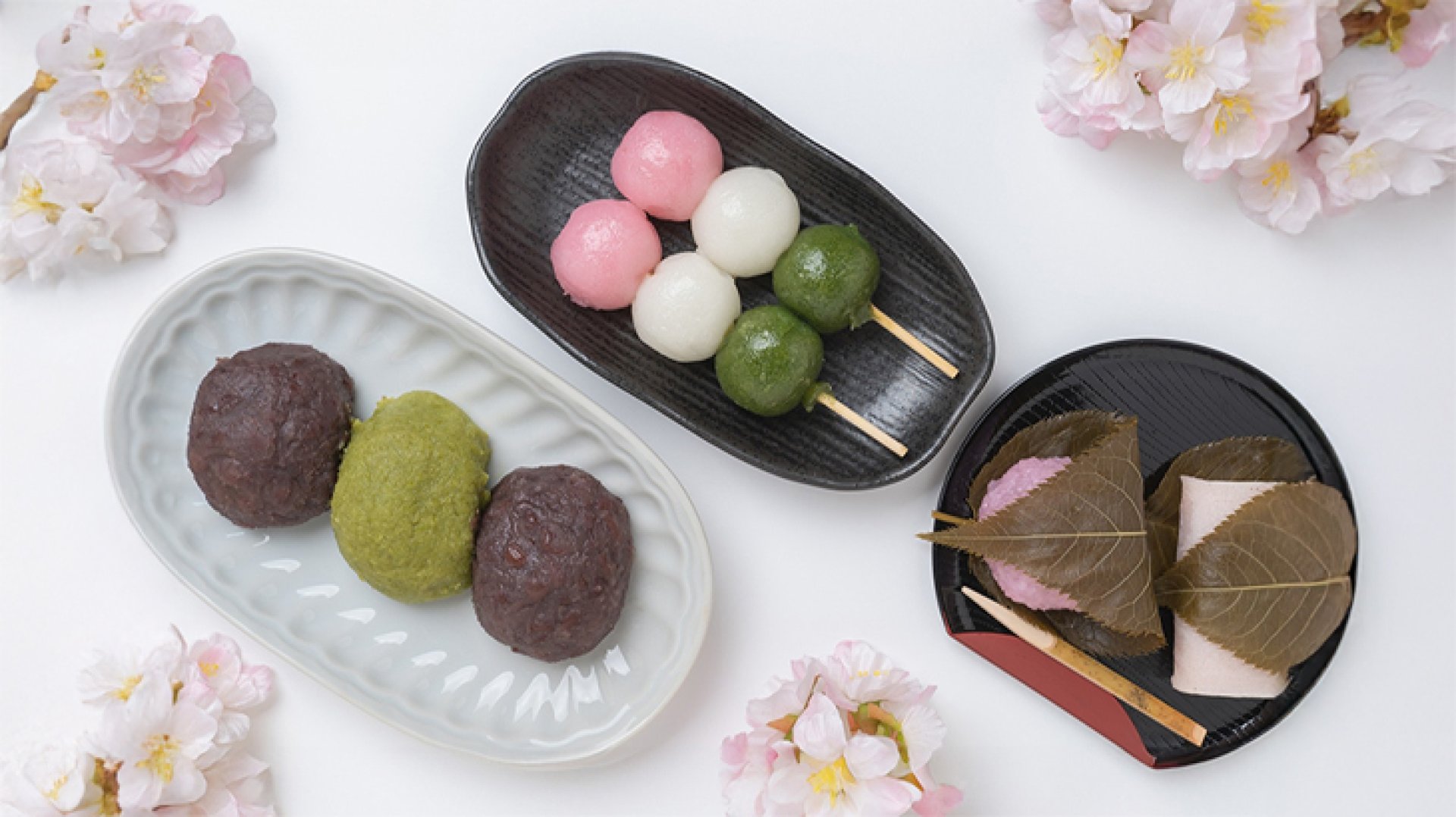Mochi

What is Mochi?
Mochi is Japans iconic sweet made from glutinous rice that is steamed and then pounded or kneaded until it reaches a sticky, chewy texture unique to this treat. It has a naturally sweet and fragrant flavor from the rice and is often flavored or filled with various ingredients such as sweet red bean paste, cream, or matcha (green tea). This versatility has made mochi popular among people of all ages.
Origins and Historical Background
The origins of mochi date back to the Jomon period (approximately 14,000 to 300 BCE), a time when rice cultivation began to spread throughout Japan. During this era, the Japanese cultivated a type of glutinous rice called mochigome (もち米), which became the primary ingredient for making mochi. At that time, mochi was typically consumed as a savory food, often served alongside miso soup or grilled fish.
The transformation of mochi into a sweet treat began during the Nara period (710794 CE). Mochi became a sacred food used in religious ceremonies and important traditions, especially during the New Year, as it was believed to be a gift from the gods. It was common for the Japanese to offer mochi as a sacred offering and consume it for good fortune and blessings.
Traditional Mochi-Making Process: Mochitsuki
One of the most important traditional methods of making mochi is called mochitsuki (餅つき), which involves pounding steamed glutinous rice in a large wooden mortar with heavy wooden mallets. This labor-intensive process, usually performed by men, requires great care and skill. The pounding transforms the rice into a smooth, sticky dough. Mochitsuki is not just about preparing food; it is a communal activity that brings families and communities together, fostering bonds and shared joy.
Development and Variety in the Heian Period and Beyond
During the Heian period (7941185 CE), mochi began to diversify in color and form by incorporating natural dyes, making it more visually appealing. It became popular among the aristocracy and was served on special occasions such as weddings and celebrations. Mochi was typically eaten fresh or lightly grilled to achieve a slightly crispy exterior.
Over time, mochi evolved across different regions of Japan, giving rise to many varieties, including:
- Daifuku Mochi: Mochi filled with sweet fillings such as red bean paste, cream, chocolate, or fruit.
- Kinako Mochi: Mochi dusted with roasted soybean flour (kinako) and sugar.
- Sakura Mochi: Pink-colored mochi wrapped in pickled cherry blossom leaves.
- Dango Mochi: Small round mochi balls skewered on sticks, often grilled and served with various sauces.
- Mochi Today and Its Global Popularity
Today, mochi enjoys immense popularity worldwide, far beyond Japans borders. New forms such as mochi donuts and mochi ice creamice cream wrapped in mochi doughhave emerged, blending traditional Japanese sweets with Western dessert styles. These innovations have made mochi especially popular in the United States, Europe, and other parts of the world.
Mochi is not only a dessert that reflects Japans rich cultural and historical heritage but also a global culinary icon that continues to inspire creativity and delight food lovers everywhere.
Additional Notes
Mochi has been a part of Japanese culture for over 1,300 years and plays an important role in tea ceremonies and weddings.
During World War II, mochi was introduced to Thailand by Japanese soldiers, influencing local cuisine.
Mochi is regarded as an auspicious food with deep cultural significance in Japan.
Where to Find Mochi
You can find a variety of mochi products at Rimping Supermarket branches.


